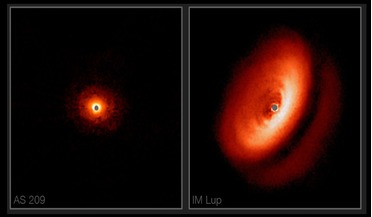 11 April 2018
Revealing planet formation processes with SPHERE
11 April 2018
Revealing planet formation processes with SPHERE
... around young stars and the complex mechanisms of planetary formation. New images from SHPERE show a bizarre variety of shapes, sizes and structures, including the likely effects of planets still in the process of forming. Image: ESO/H. Avenhaus...
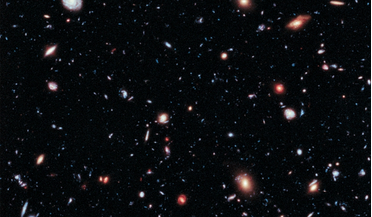 November 2020
The alien hunter’s field manual
November 2020
The alien hunter’s field manual
...that can be used to test hypotheses about planet formation, occurrence and composition. A similar transition ...– indications that a large-scale industrial society is present on a planet. For this, we could search for city lights at night, industrial...
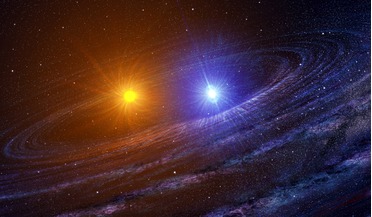 01 March 2017
Researchers find first evidence for rocky planet formation around double stars
01 March 2017
Researchers find first evidence for rocky planet formation around double stars
... stars such as these are given this name after Luke Skywalker’s home planet in Star Wars which orbits two suns, but in this case, the...the researchers puts a new spin on what type of planets can form around two objects whose competing gravity will push...
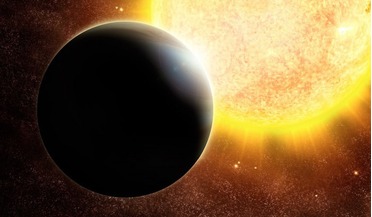 February 2016
How to Build Planets
February 2016
How to Build Planets
... dust traps (or vortices) that could play an important role in the formation of planetesimals and planets at large radii. Building planets The building blocks of planet formation start with tiny dust grains, that include components such as graphite...
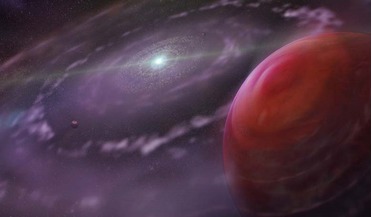 29 March 2016
To build super-Earths near host star 'dead zones' are required say researchers
29 March 2016
To build super-Earths near host star 'dead zones' are required say researchers
... System. So, why isn’t Earth accompanied by a much larger neighbour? Researchers at the University of Nevada, Las Vegas studying planet formation have suggested that the key to building super-Earths within orbits close to the central star is a ‘dead...
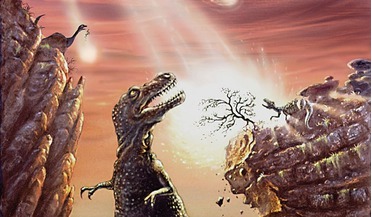 February 2016
Is Jupiter Really Our Protective Shield?
February 2016
Is Jupiter Really Our Protective Shield?
... had yet to witness comets on hyperbolic, interstellar trajectories ejected from their systems by Jovian planets in late-stage planet formation. An examination of Wetherill’s paper, however, yields only one reference to Jupiter as anything resembling...